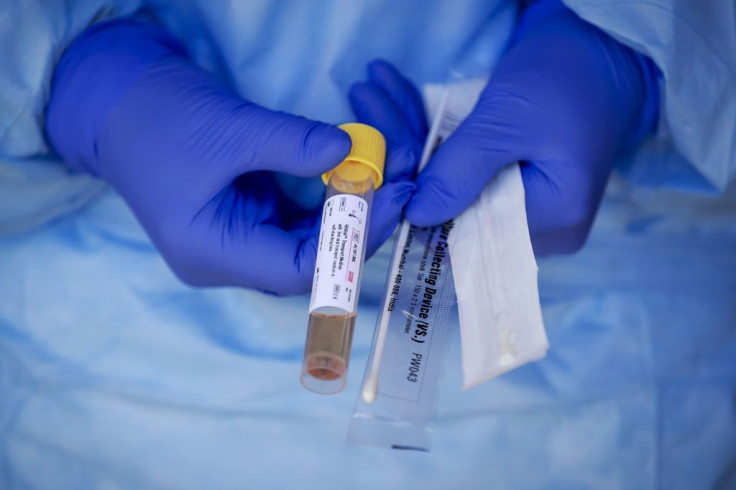Fatal COVID-19 Patients' Characteristics Identified In New Study

The most common characteristics of 85 COVID-19 patients who died in Wuhan, China in the early stages of the coronavirus pandemic have been identified by researchers. The new study was published in the American Thoracic Society's American Journal of Respiratory and Critical Care Medicine.
In "Clinical Features of 85 Fatal Cases of COVID-19 From Wuhan: A Retrospective Observational Study," researchers from China and the United States report on an analysis of the electronic health records of patients with COVID-19 who died despite treatment. The patients were admitted to two hospitals in Wuhan: Hanan Hospital and Wuhan Union Hospital between Jan. 9 and Feb. 15, 2020.
"The greatest number of deaths in our cohort were in males over 50 with non-communicable chronic diseases," stated the authors. "We hope that this study conveys the seriousness of COVID-19 and emphasizes the risk groups of males over 50 with chronic comorbid conditions including hypertension (high blood pressure), coronary heart disease and diabetes."
For the study, researchers examined medical records of 85 patients who had died, and recorded information on their medical histories, exposures to coronavirus, additional chronic diseases they had, symptoms, laboratory findings, CT scan results and clinical management. Following this, researchers conducted a statistical analysis
The median age of these patients was 65.8, and 72.9 percent were men. Their most common symptoms were fever, shortness of breath (dyspnea) and fatigue. The most common comorbidities were hypertension, diabetes and coronary heart disease. A little over 80 percent of patients had very low counts of eosinophils (cells that are reduced in severe respiratory infections) on admission. Complications included respiratory failure, shock, acute respiratory distress syndrome (ARDS) and cardiac arrhythmia, among others. Most patients received antibiotics, antivirals and glucocorticoids (types of steroids). In some cases, they received intravenous immunoglobulin or interferon alpha-2b.
"The effectiveness of medications such as antivirals or immunosuppressive agents against COVID-19 is not completely known. Perhaps our most significant observation is that while respiratory symptoms may not develop until a week after presentation, once they do there can be a rapid decline, as indicated by the short duration between time of admission and death (6.35 days on average) in our study," the researchers noted.
A poor prognosis can be indicated with eosinophilopenia - abnormally low levels of eosinophils in the blood. The scientists also noted that the early onset of shortness of breath may be used as an observational symptom for COVID-19 symptoms. The majority of patients studied died from multiple organ failure.
"Our study, which investigated patients from Wuhan, China who died in the early phases of this pandemic, identified certain characteristics. As the disease has spread to other regions, the observations from these areas may be the same, or different. Genetics may play a role in the response to the infection, and the course of the pandemic may change as the virus mutates as well. Since this is a new pandemic that is constantly shifting, we think the medical community needs to keep an open mind as more and more studies are conducted," the study added.
Published by Medicaldaily.com



























